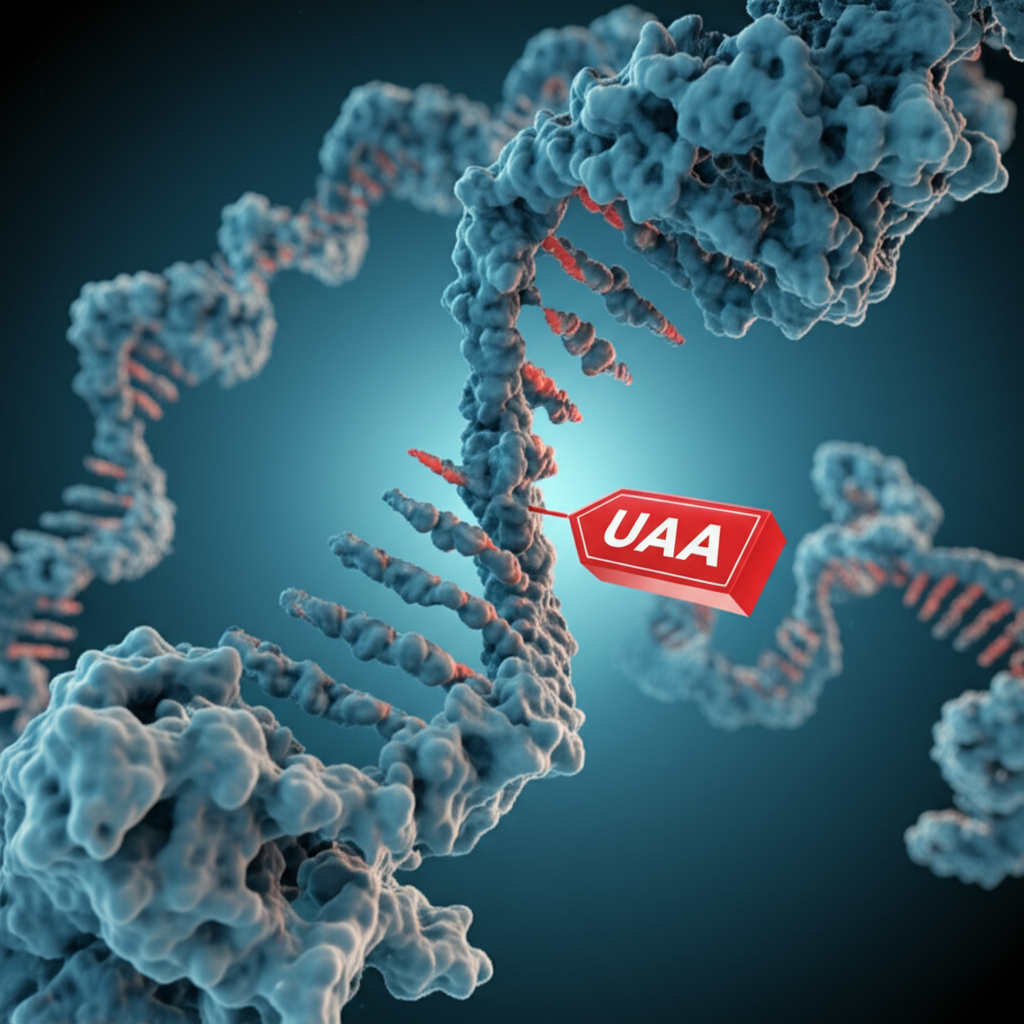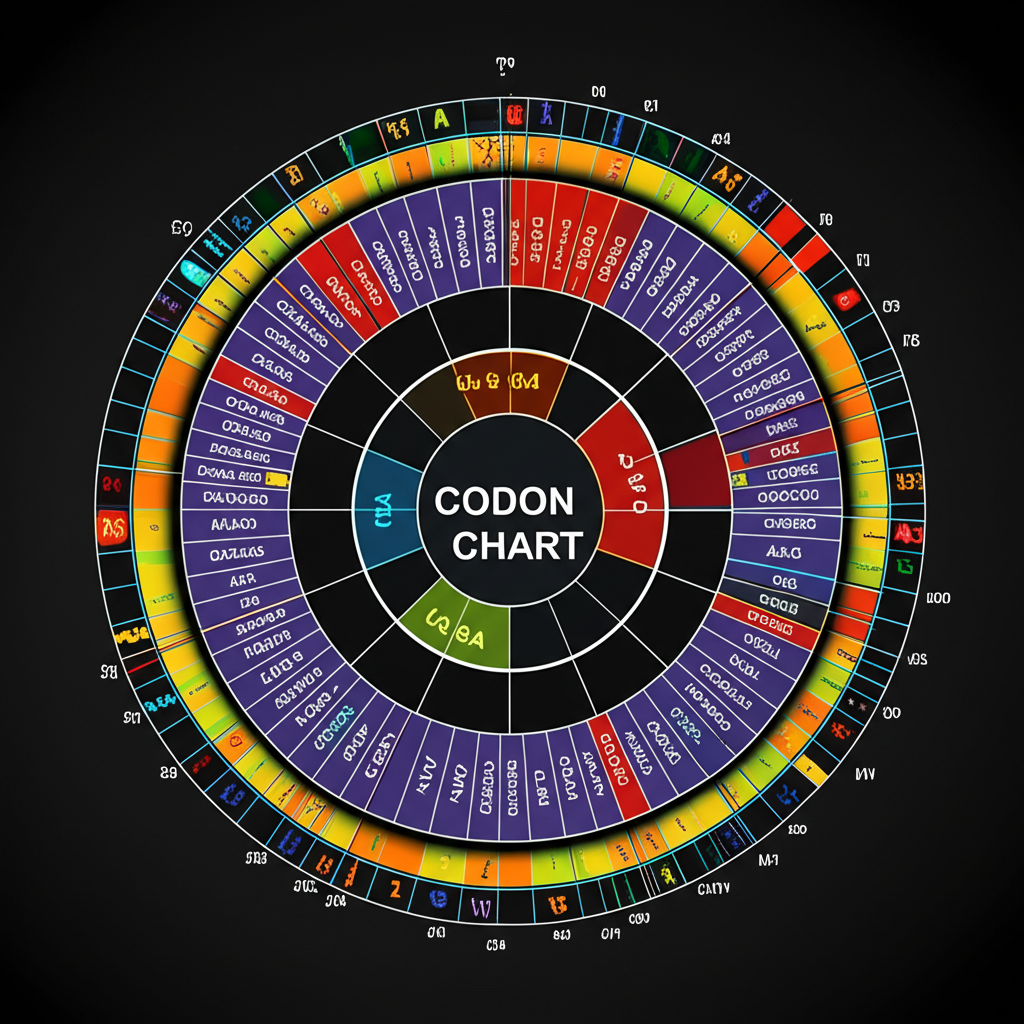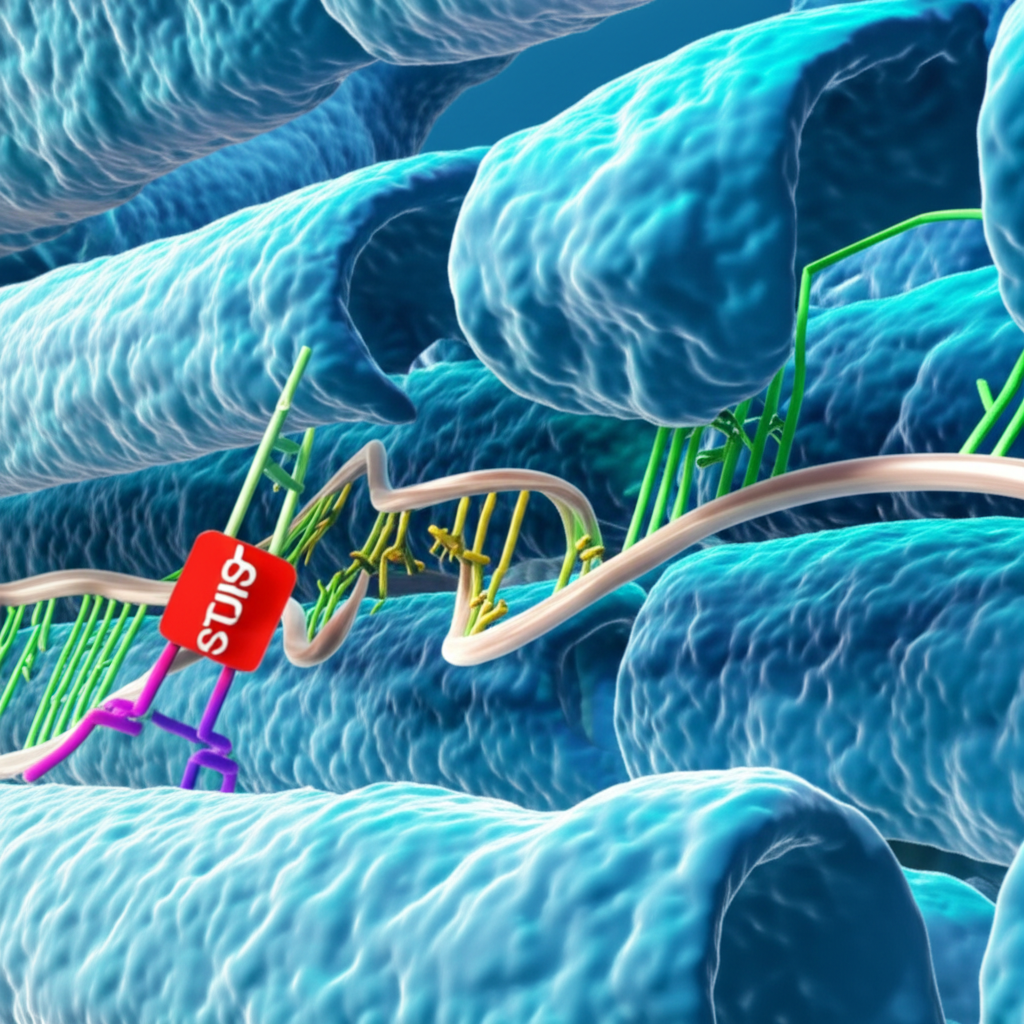
Categories: Genetics, Molecular Biology, Education
Tags: stop codons, protein synthesis, genetic code, mRNA, DNA, codon chart, molecular biology
Introduction
In the world of genetics, the intricate process of protein synthesis is fundamental to life itself. At the end of every protein-coding sequence, the process requires a signal to halt production. This is where stop codons come into play. Understanding what stop codons are and their essential role in protein synthesis is crucial for anyone studying molecular biology or genetics.
What are Stop Codons?
Stop codons are specific sequences of three nucleotides in messenger RNA (mRNA) that signal the termination of protein synthesis. They do not code for any amino acid, instead, they instruct the ribosome to stop adding amino acids to the growing polypeptide chain, leading to the release of the newly formed protein.
The three primary stop codons are:
- UAA (ochre)
- UAG (amber)
- UGA (opal)
These codons are recognized by release factors which facilitate the disassembly of the ribosome and the release of the completed protein chain.

The Role of Stop Codons in Protein Synthesis
During the translation phase of protein synthesis, the ribosome reads the mRNA sequence in sets of three nucleotides, known as codons. Each codon corresponds to a specific amino acid. However, when a ribosome encounters a stop codon, it does not add an amino acid. Instead, the ribosome disassembles, and the polypeptide is released. This ensures that proteins are synthesized to their correct lengths and structures.
| Stop Codon | mRNA Sequence | Function |
|---|---|---|
| UAA | UAA | Signals termination |
| UAG | UAG | Signals termination |
| UGA | UGA | Signals termination |
Importance of Stop Codons
Stop codons are vital for several reasons:
- Protein Integrity: They ensure that proteins are synthesized to their intended length, preventing the generation of incomplete or malfunctioning proteins.
- Regulatory Mechanism: They play a critical role in the regulation of gene expression by determining when and how much of a protein is produced.
- Avoiding Errors: Without stop codons, ribosomes could continue to translate mRNA indefinitely, leading to errors in protein assembly.
“Stop codons are nature's way of ensuring that proteins are made correctly and efficiently,” explains Dr. Jane Smith, a molecular biologist. “They are essential for maintaining the integrity of biological functions.”

The Genetic Code and Its Implications
The genetic code is composed of 64 codons, including the three stop codons. The presence of multiple codons for the same amino acid (known as redundancy) provides a buffer against mutations, enhancing the robustness of genetic translation. Understanding the genetic code is crucial for biotechnological applications, such as genetic engineering and synthetic biology.
Example of Codon Usage:
plaintext
AUG - Start codon (Methionine)
UAA - Stop codon
UAG - Stop codon
UGA - Stop codon
Conclusion
In summary, stop codons are essential components of the genetic code that signal the termination of protein synthesis. Their role is critical in maintaining protein integrity and efficiency during translation. Understanding stop codons not only enhances our knowledge of fundamental biological processes but also informs advancements in genetics and biotechnology.
Call to Action: Interested in learning more about genetics? Explore our courses and resources at AudioX, where we make complex topics easy to understand!
Social Media Snippet:
"Ever wondered how proteins are made? Discover the crucial role of stop codons in protein synthesis and why they matter in genetics! #Genetics #Biology"
Suggested Internal Links:
- Understanding Codons: The Basics of the Genetic Code
- The Role of Ribosomes in Protein Synthesis
- Mutations and Their Effects on Protein Function
Suggested External Links:
FAQs:
- What are the three stop codons?
- The three stop codons are UAA, UAG, and UGA, which signal the end of protein synthesis.
- Why are stop codons important?
- Stop codons ensure proteins are synthesized correctly and prevent errors during translation.
- Can mutations affect stop codons?
- Yes, mutations can create or eliminate stop codons, potentially leading to diseases or malfunctions in proteins.
Call-to-Action: Ready to dive deeper into the world of genetics? Sign up for our newsletter for the latest insights and resources on molecular biology!